During the festive season, a bright moon shines on the home country. Apart from the reunion of small families, there is always a place to think of — — Taiwan Province.
In the last month, an important change has also taken place in Taiwan Province.
Since September, the popularity of the word "development" on the network platform in Taiwan Province has been rising, and now it has surpassed "war", which is a trend that Democratic Progressive Party authorities have never had during their administration in the past few years.
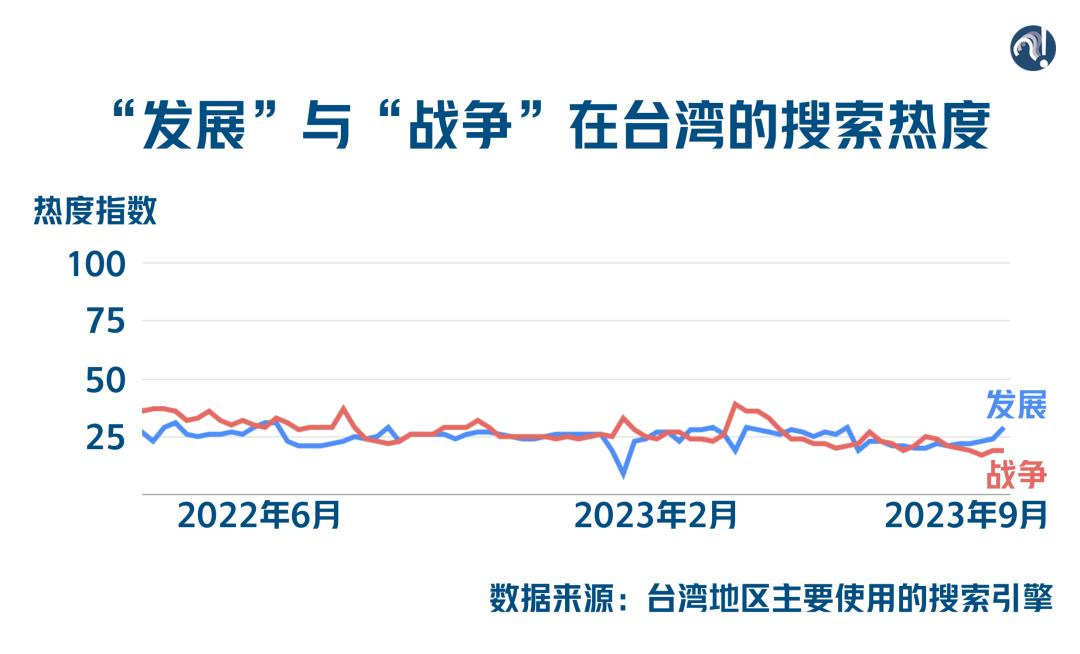
With the approaching of the Taiwan Province regional leaders’ election next year, people in Taiwan Province have some anxiety:
Problems such as "seven shortages and eight rises" are getting worse. What about rice, oil and salt? Infrastructure has been invested for so many years, but it has hardly changed. What about long-term development? Apart from TSMC, where is Taiwan Province’s next innovation?
The general direction of the future and destiny of Taiwan Province compatriots is clear, that is, we must develop peacefully, but how can we develop peacefully?
Now, I came to the crossroads.

At the beginning of September, Lai Qingde, deputy leader of Taiwan Province, officially held a press conference as a candidate for Democratic Progressive Party for the first time, expounding the so-called path of "realizing peaceful development":
Only by preparing for war can we avoid war, and only by avoiding war can we develop peacefully.
This is also the development path that the Democratic Progressive Party authorities are following: bundling armament with development, giving priority to armament before development.
The 2024 Budget passed by the Democratic Progressive Party authorities not long ago is very telling. Among all kinds of expenditures, defense expenditure continues to grow, but economic development expenditure is the biggest decline in all fields.
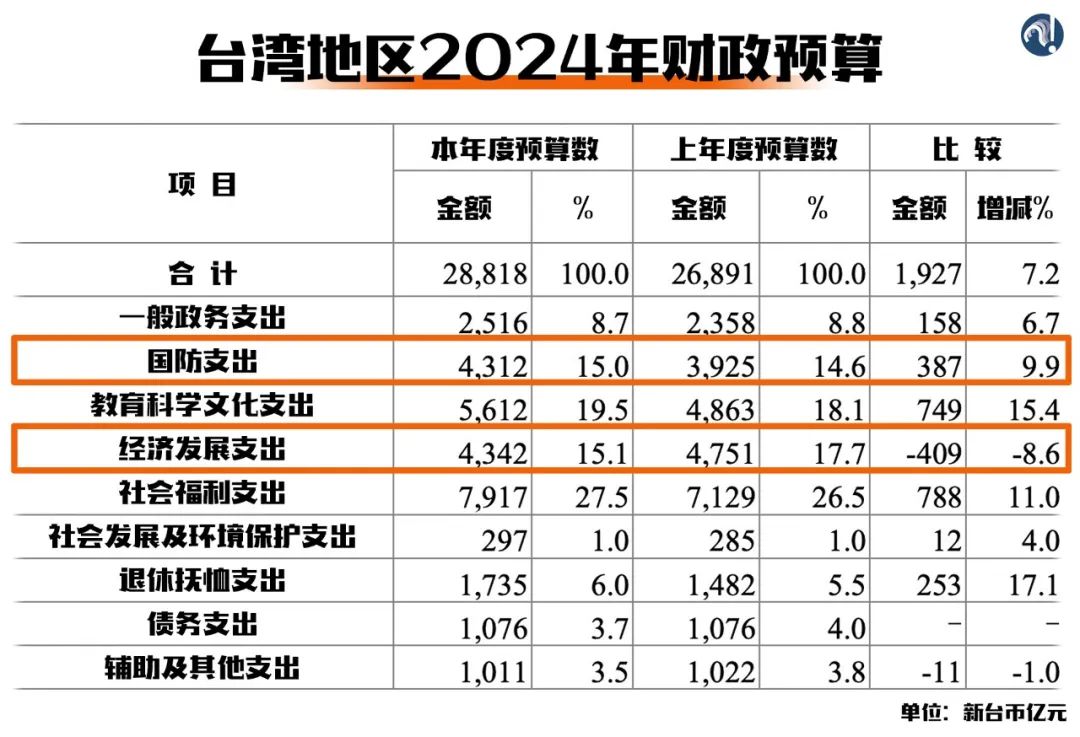
With the increase of defense expenditure, the military ties between Democratic Progressive Party authorities and the United States also have new trends.
The new way in which the United States provides weapons to Taiwan Province is noteworthy.
Some time ago, the United States approved aid to the Taiwan military. Compared with previous arms sales, military aid directly picked up goods from the US military inventory for the first time, which can avoid the process of waiting for production.
The signal of the release of military aid is clear, that is to accelerate the arming of Taiwan Province.

||An American C-130 transport plane recently photographed at Taipei Songshan Airport.
In addition, the United States is constantly increasing its arms sales to Taiwan, and this way of interaction is to sacrifice the development cost of Taiwan Province.
Democratic Progressive Party authorities have to borrow money to buy new fighters. In order to match these new capabilities, the Democratic Progressive Party authorities are still relaxing the recruitment standards and sending more Taiwan Province people to the battlefield.
Therefore, there is a scam in the sentence "preparing for war can lead to peaceful development":
The extent to which the Democratic Progressive Party authorities tilt social resources such as people, property and so on to the military has greatly eroded the development space of Taiwan Province.
The financial situation of the Democratic Progressive Party administration in the past seven years is that the defense expenditure keeps increasing, but the economic development expenditure has hardly changed.
Giving priority to armaments will inevitably weaken the economic development potential of a region. If a region is in danger of becoming a "powder keg", all kinds of investments will leave voluntarily and economic development will fall into a long-term stagnation.
This will certainly make Taiwan Province people feel anxious. How can we develop in the future?
What is even more worrying is that the Democratic Progressive Party authorities have failed to manage even the most basic livelihood security.
Take the recent problem of "lack of eggs". In order to get through the crisis of "lack of eggs" as soon as possible, Democratic Progressive Party authorities gave high subsidies to import a large number of eggs, but it brought huge cost pressure to farmers in Taiwan Province, which led them to be forced to kill their own laying hens in Taiwan Province. Later, these imported eggs were found to have a substance, and its high concentration may lead to hematologic cancer.
The attitude towards shells and eggs reflects the underlying development logic of Democratic Progressive Party authorities, which obviously cannot effectively respond to Taiwan Province people’s anxiety about future development.

Apart from the development path tied to a powder keg, what choice does Taiwan Province have in the future?
In the recent discussion, there is a place name that appears frequently, Golden Gate.
Why is this? You can look at a picture first.
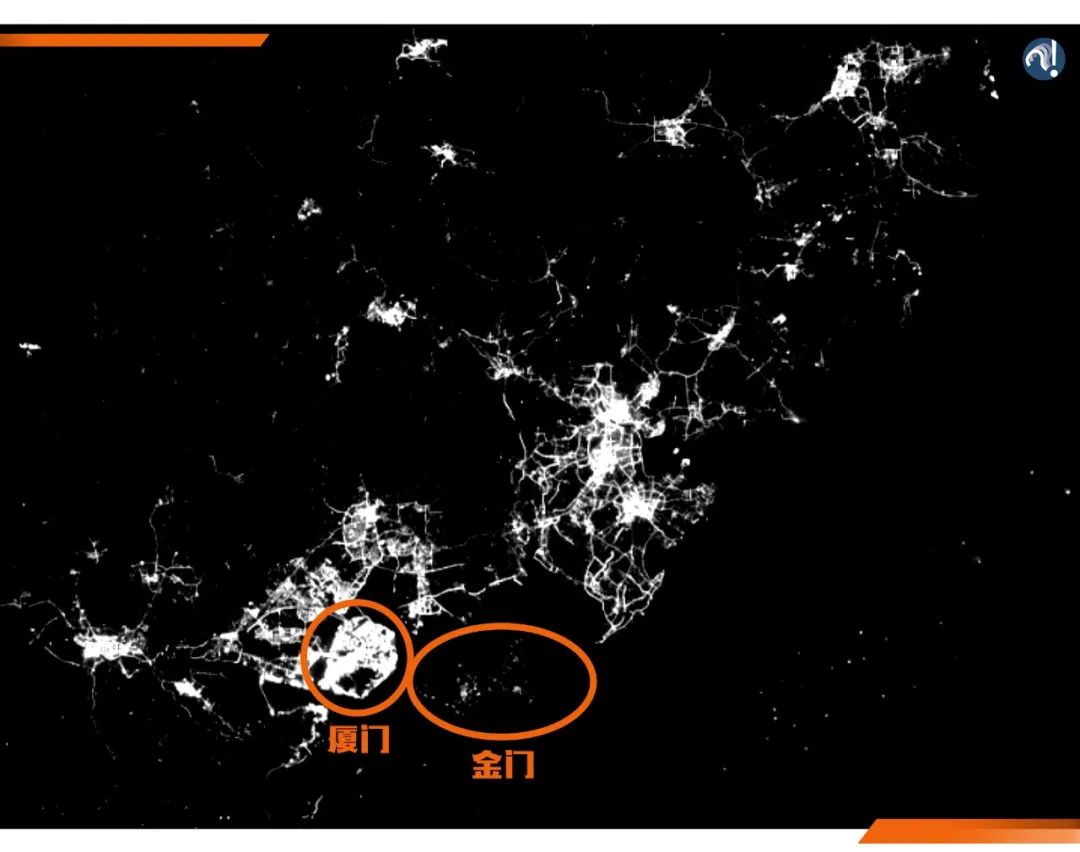
This is a luminous remote sensing map around Fujian. As you can see, when Xiamen was lit, Jinmen was dark. At the same time, the development of Kinmen also has a feature, that is, it is brighter near the mainland.
This has a lot to do with China Unicom. Take the "mini three links" as an example, that is, small-scale trade, navigation and postal services between the mainland and Kinmen.
The "mini-three links" gave Jinmen the opportunity to develop tourism, which is also the origin of the light spot close to the mainland.
However, Tsai Ing-Wen, the leader of Taiwan Province region, expressed doubts about the "mini three links" from the very beginning.
Dong Zhisen, a media person from Taiwan Province who was born in Kinmen, revealed that it was Wu Chengdian, the deputy magistrate of kinmen county, and others who really rushed for the "mini three links". At that time, Tsai Ing-Wen, who was still working for the Mainland Affairs Council, called them to the office, criticized them for violating the "National Security Law" and said that they would be arrested and put in prison.
More than 60 years ago, Kinmen was the forefront of cross-strait confrontation. In times of peace, however, the Democratic Progressive Party authorities have been sacrificing the development prospects of Kinmen with words such as "national security", and the "mini three links" have always been shrouded in the narrative of "security".
If the "mini-three links" are blocked and mainland tourists to Kinmen go to zero, the loss of tourism in the upstream and downstream of Kinmen will reach several billion NT dollars a year. The development logic of Kinmen is very fragile, and such a situation has appeared in reality.
This has led to a relatively flat development of tourism in Kinmen.
Today, Kinmen’s main tourist products are still: kinmen kaoliang liquor, dried meat, peanut candy and other primary products. In other words, Jinmen has not found a foothold for upgrading its business format because of the development of tourism.
Recently, the mainland issued "Opinions of the Central Committee of the Communist Party of China and the State Council on Supporting Fujian to Explore a New Road for Cross-Strait Integration and Development and Build a Demonstration Zone for Cross-Strait Integration and Development", which mentioned the integration of Kinmen and China Unicom, which exposed the development contradiction accumulated by Kinmen for so many years in public view. Such attention and discussion can also explain Taiwan Province’s anxiety about the future from one side.
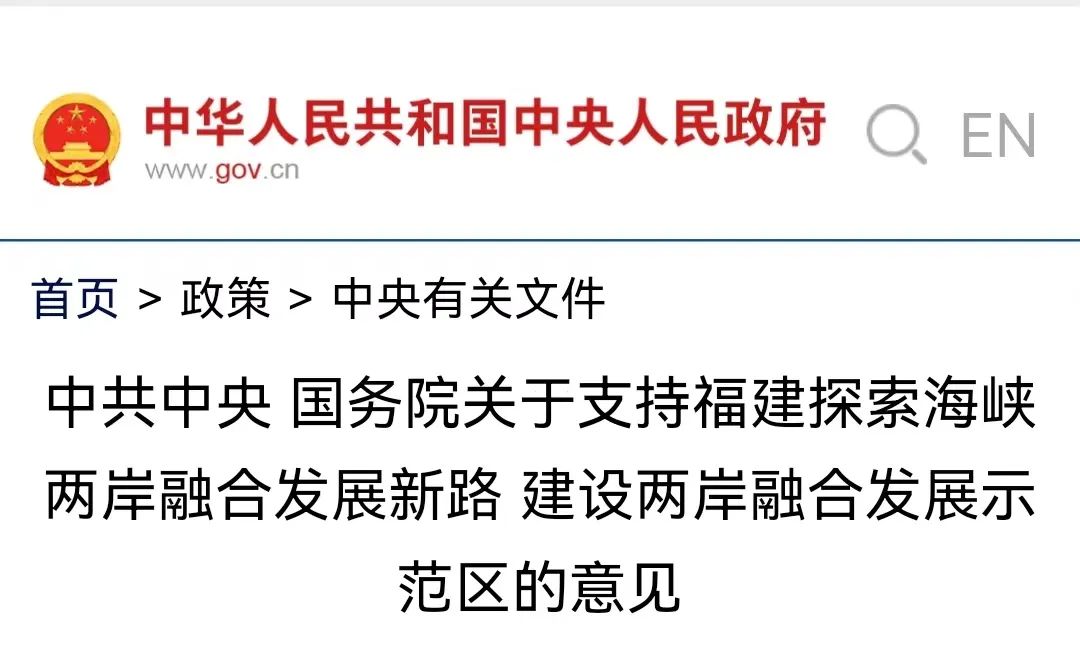
In the division of Taiwan Province authorities, Kinmen belongs to outlying islands, that is, far away from the main island of Taiwan Province. Over the past decades, Taiwan Province’s construction and development, job opportunities and resources have been concentrated in the metropolis of the island. To some extent, the closer to the mainland, the deeper the so-called "security" overrides development.
However, the development of Taiwan Province Island cannot be "immune".
Today, looking at the whole of Taiwan Province, the chip industry is indeed a star industry. However, today, TSMC is also deeply bound by the narrative of "security". At the same time, for Taiwan Province people, star enterprises have obvious siphon effect, and the lives of most ordinary people cannot be improved only by individual advantageous industries.
In response to such a problem, the Opinions put forward a new solution: creating new industrial opportunities through the flow of personnel.
What are the new industrial opportunities?
Fei Li, director of the Hong Kong, Macao and Taiwan Research Center of Xiamen University, mentioned a category of areas,The service field of production, that is, the service industry that serves production.Because the service industry is not fighting for capital, technology and scale, it is fighting for business philosophy and management mode, which are closely related to "people".
Taiwan Province has a unique combination with the mainland in the field of production-oriented services.
According to the "Opinions", Kinmen can be a sample. First, residents of Kinmen should enjoy the same treatment as local residents in Xiamen. Fei Li pointed out that,A change revealed behind this is that in the past, we sent resources to the past, but now we are bringing Taiwan Province people here, and the degree of cross-strait integration will be even higher.

Enlarge your vision to the whole of Taiwan Province, and say that the foundation of Taiwan Province’s future development lies in the mainland. What is your confidence?
The Opinions mentioned above also mentioned the fulcrum connecting the mainland with Taiwan Province, the nearest place to Taiwan Province, Fujian.
Tan Zhu noticed that after the publication of the Opinions, the Democratic Progressive Party authorities made a statement to discredit the mainland, saying that Fujian was not attractive to Taiwan Province economically, and that it was a "jumping pit" for Taiwan compatriots and enterprises to go to the mainland. Is this really the case?
In 2019, the total GDP of Fujian surpassed that of Taiwan Province for the first time. In 2022, Fujian’s GDP and growth rate exceeded that of Taiwan Province.
Last year, the growth of added value of industrial enterprises above designated size in Fujian ranked first in the eastern region of China, among which the electronic information industry was a focus, which was in line with the accumulation of advantages of the semiconductor industry in Taiwan Province.
Take Xiamen for example. First of all, in terms of industrial structure, Taiwan Province’s traditional advantage lies in technology-intensive industries, while Xiamen lies in the field of basic scientific research. On the issue of how to transform and apply technology, Xiamen and Taiwan Province have significant gradients and can complement each other.
In fact, UMC, the second largest wafer foundry in Taiwan Province, has been investing in Xiamen. In 2014, UMC cooperated with Xiamen Municipal Government to invest in the establishment of a 12-inch wafer fab. From 2020 to 2022, UMC increased its capital several times, each time it was over 100 million yuan.
It is the development and progress of the mainland that makes Fujian and Taiwan Province have the space for economic complementarity.
In addition to the consideration of economic structure, there is another detail worthy of attention, that is, the industrial culture similar to that of mainland China and Taiwan Province.
This is also a very different point between the mainland and the United States. From the planning to the start of TSMC’s American factory, the production time was postponed due to labor relations, and Taiwan Province engineers were not acclimatized. There is a root problem behind them, that is, cultural conflict.
Today, Xiamen IC Industrial Park covers the whole chain from design, manufacturing, packaging and testing, equipment and materials to application, which in turn enables the vertical fields of upstream and downstream industrial chains to be integrated and industrial agglomeration can be realized.
Complementarity in industry is only a cut surface. The combination of Taiwan Province and the mainland is not limited to a certain enterprise or an industry, but lies in finding a development path.
Taiwan Province is an export-oriented economy, and Taiwan Province is now facing a dilemma: its economic lifeline — — Foreign trade continues to be sluggish.
In recent years, Taiwan Province’s exports have been declining continuously, and the export volume in June was the biggest decline in the past 14 years. What the Democratic Progressive Party authorities are doing now, and the United States taking sides, is not the solution to resist these factors.
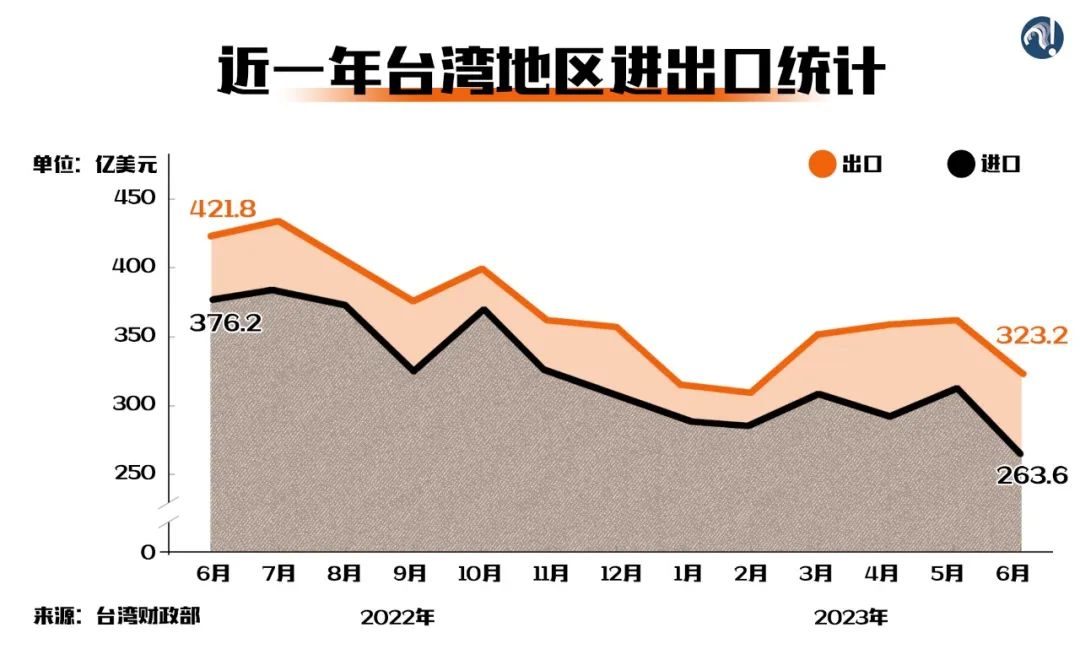
The reason is simple. The United States has no intention of opening its market to Taiwan Province at all. Since the fourth quarter of 2022, the import proportion of the United States from many regions has been rising, but Taiwan Province is not one of them.
Master Tan learned that from January to April this year, Taiwan Province’s exports to the United States have been declining year-on-year.
From the perspective of bilateral trade, the connection between the mainland and Taiwan Province is more "integrated". In this regard, we can see a detail mentioned by the National Development and Reform Commission when talking about the Opinions:
We will promote more goods from Taiwan Province to reach the Eurasian market by China-Europe trains, so as to better benefit compatriots on both sides of the strait.
In April this year, the mainland proposed "Europe — — Wuhan — — Compared with the traditional sea transportation, the transportation time of China-Europe trains is reduced by 1/3, which can be shortened to 30 days.
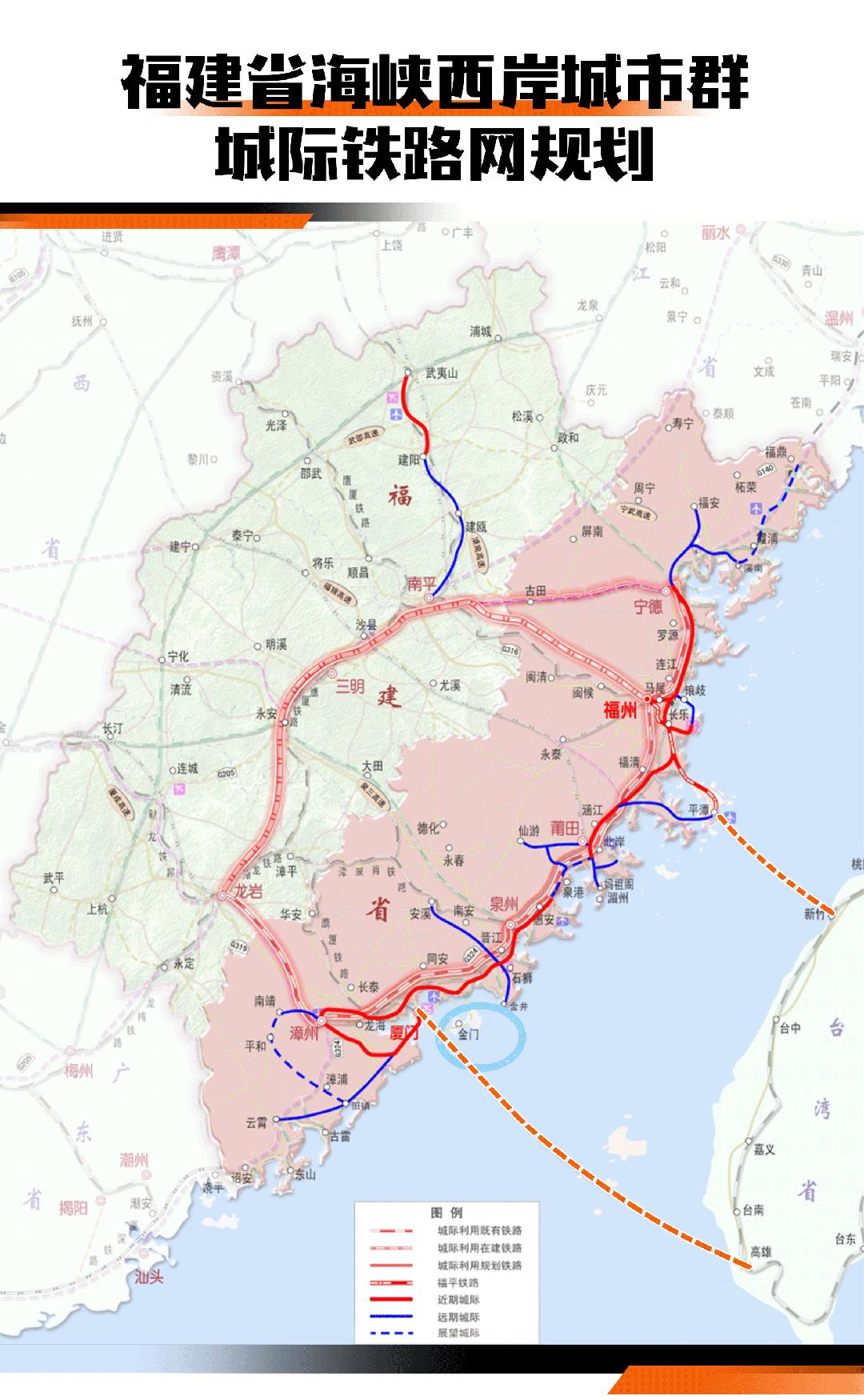
In addition to the improvement of transportation efficiency, the greater value of China-Europe trains lies in providing Taiwan Province with a stable path to connect the Asian and European markets.
Fei Li mentioned that,The change of global traffic pattern is changing the global trade pattern. The countries along the Central European train are all between 30 and 40 degrees north latitude, which is a world civilization.place of originIf the factors of production in this area flow and operate with higher efficiency than the marine circulation, that is the new development direction. If Taiwan Province can be integrated, it can certainly gain more opportunities.
What the mainland has provided to Taiwan Province is a development system, which Taiwan Province lacks.
The future and destiny of Taiwan Province’s connection with the mainland is very clear. Taiwan Province’s economic development has a strategic basis, that is, it is backed by the mainland and connected to a larger Asian-European market, which is the same as any of our provinces’ "going out".
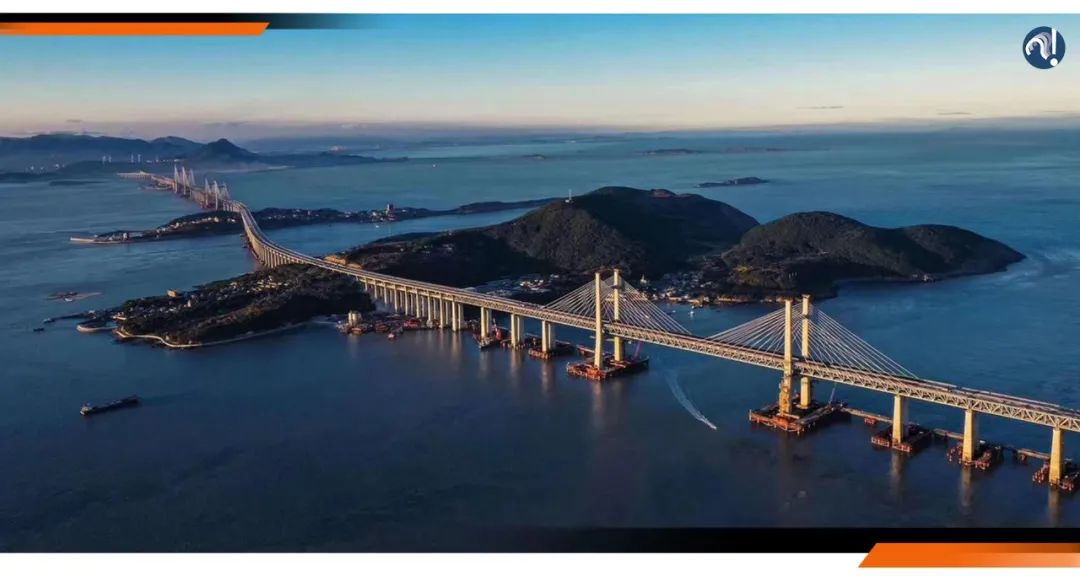
||Pingtan Strait Railway Bridge is the first cross-sea bridge with both highway and railway in China, and it is also the preliminary project of Beijing-Taiwan high-speed railway in the 13th Five-Year Plan.
After more than 70 years of isolation between the two sides of the Taiwan Strait, this connection has been constantly disturbed under the interference of the "Taiwan independence" separatist forces, which is a realistic problem between the two sides. However, from the recent economic and cultural activities that have picked up year by year, what we can appreciate more is that the connection is getting closer and closer. Taiwan Province people have 80% ancestral home in Fujian, and the two sides of the strait share the same roots, so it is easy to have the same identity.
In the final analysis, the Taiwan Province problem is always our own problem, and there is always a way to solve it.